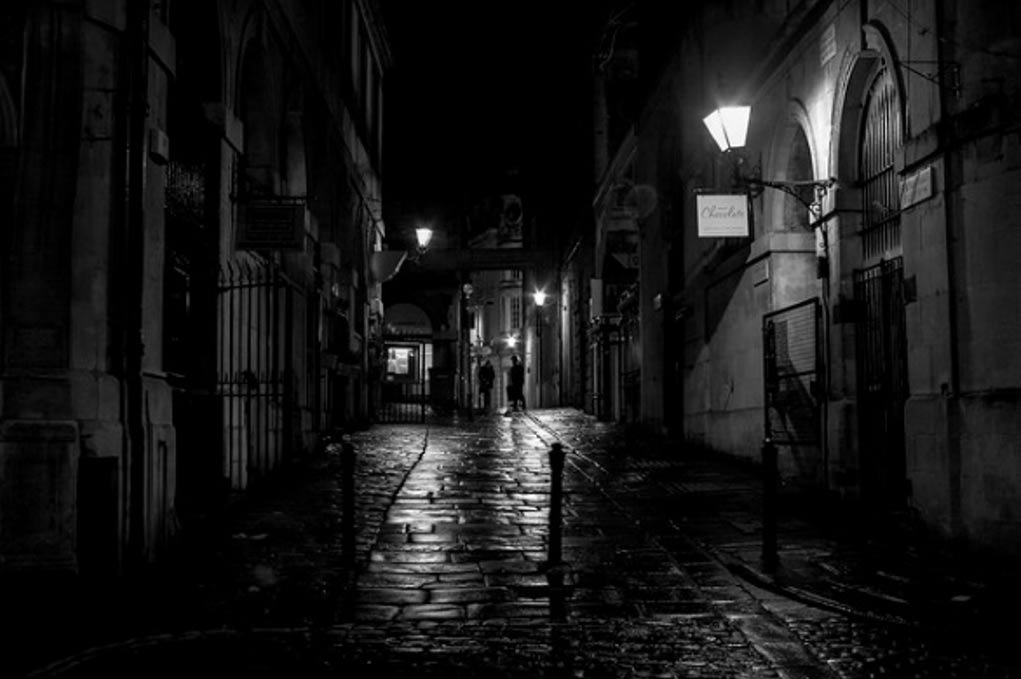
English Folklore: The Forgotten Death of Mischief Night
In the United Kingdom, nestling midway between the early autumn “Back to School” sales promotions and the consumer spending bonanza that is Christmas, we now have the retail opportunity of Halloween. Fancy dress costumes, pumpkins, plastic skeletons, scary witches’ masks and plenty of sweets to dish out to Trick-or-Treaters.
Each year, Halloween’s approach is also greeted with complaints in the popular press about the “Americanization” of English customs and how Halloween has displaced our traditional mid-autumn Fifth of November / Bonfire Night / Guy Fawkes Night celebrations. Cynics will also point to another agenda at work here, namely that for all its faults Halloween and Trick-or-Treating is a far safer activity for children (and adults for that matter) than the once regular carnage of exploding fireworks and collapsing bonfire-related burns, injuries and fatalities that used to accompany Bonfire Night.
Fascinating as this shift in social customs might be, for me, the more interesting question is whatever happened to Mischief Night?
Growing up in Scarborough, on the Yorkshire coast, in the 1950’s and early 1960’s, I was actively involved in all the buildup for Bonfire Night and going out collecting “A Penny for the Guy” in the days leading up to the 5th November, or Guy Fawkes Night. However for schoolboys (and to a lesser extent for schoolgirls) there was the added frisson on Mischief Night on the 4th November. (We also called it Miggy Night, other variants included Punkie Night, Micky Night and Tick Tack Treat Night.)
For us, Mischief Night was a license to run around the town engaging in minor acts of vandalism and anti-social behavior, such as knocking on doors or ringing doorbells, then running away before they were answered. Sometimes called “Knock, Knock, Ginger,” the key was to run away very fast, less an irate, but speedy, householder was out of the door to give you a clip around the head before you’d made your escape.
Other activities included letting the air out of car tires, filling keyholes with chewing gum (this was the pre-Super Glue age), and dropping lighted fireworks through letterboxes. Then there were the anonymous phone calls to random numbers where we’d take great pleasure in shouting into the handset “Get off the line Mister, there’s a train coming!”
For residents of terraced houses, there was the added delight of discovering that mischief-makers had roped together their and a neighbor’s front doorknobs, so any attempt to open one door was jammed by the other. Combine this with ‘Knock, Knock, Ginger’ and you could have the double the fun but none of the risk as a prankster.
And, there was the old favorite of lifting a front garden gate off its hinges and swapping it for that of another house further down the street. In fact this prank was so popular that local newspapers would advise readers that, along with placing buckets of water beneath letterboxes to catch fireworks, they should remove their front gates and put them somewhere safe and mischief-proof for the duration of the 4th November.
As for the unpopular teacher at school (at the time we still had corporal punishment, spanking with a slipper, or being caned with a stick in those days, so some teachers were really unpopular) their punishment on Mischief Night was to be on the receiving end of a string of taxis arriving at their door at 30 minute intervals throughout the evening to collect a passenger who had never ordered a cab.
Such activities would undoubtedly earn us all ASBOs (anti-social behavior penalty) and criminal records if we were caught doing this today, but we generally managed to stay on the right side of naughty pranks and avoid committing serious vandalism (well at least not really serious vandalism). In fact there was a genuine belief (erroneous as it happens) that the police were not allowed to arrest you on Mischief Night.
And, it wasn’t just in Scarborough as Mischief Night was celebrated across all the Northern counties of Yorkshire, Lancashire, Cheshire, Derbyshire and as far south as Nottinghamshire and Lincolnshire. Given the strong Viking heritage of these counties – all part of Danelaw from the mid-eighth to mid tenth centuries – was there a connection with Loki, the Norse trickster god, at work there?
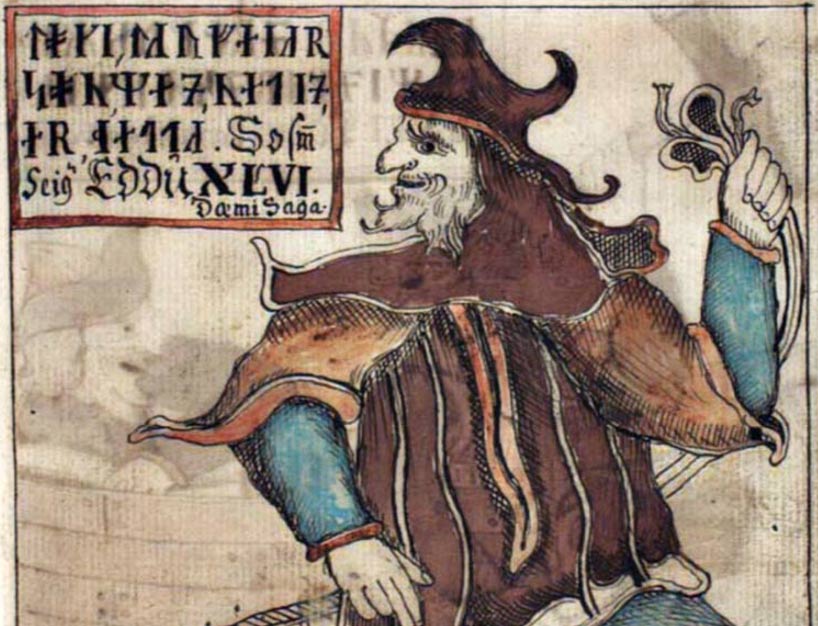
Detail, An illustration of Loki, the notorious Norse trickster god, from an Icelandic 18th century manuscript. Public Domain
In the post-war years of the 1950’s through to the late 1980’s (when it began to be usurped by Halloween) Mischief Night was the “big” night before Bonfire Night, whereas Halloween on the 31st was very much a non-event. The 4th November was even the night we had carved lanterns, called Punkie lanterns (“Give me a candle, Give me a light, If you don’t, You’ll get a fright”) only they were carved out of turnips or swedes, rather than pumpkins.
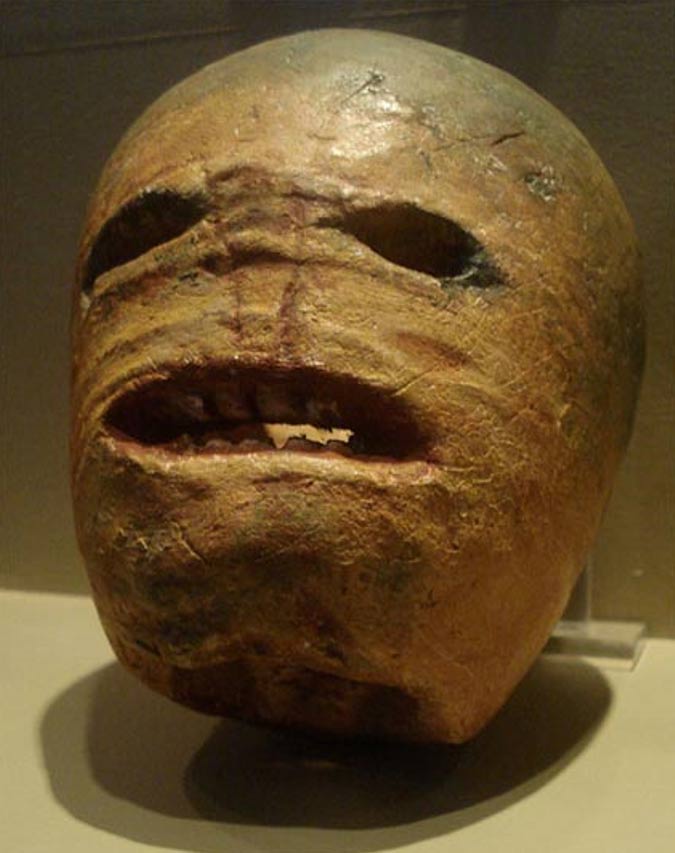
A traditional turnip Jack-o'-lantern from the early 20th century. (CC BY-SA 3.0)
But, where did it come from?
Although Bonfire Night can be traced back to the early 17th century (in fact it was one of the few public festivities the Puritans didn’t ban during Cromwell’s time) November’s Mischief Night activities were not widely mentioned until the 1850’s. Victorian folklorists suggested its popularity spread from Yorkshire, because Guy Fawkes was born in York and he was up to mischief on the evening of the 4th November, when he was preparing the gunpowder in the undercroft beneath the House of Lords, which is where he was captured.
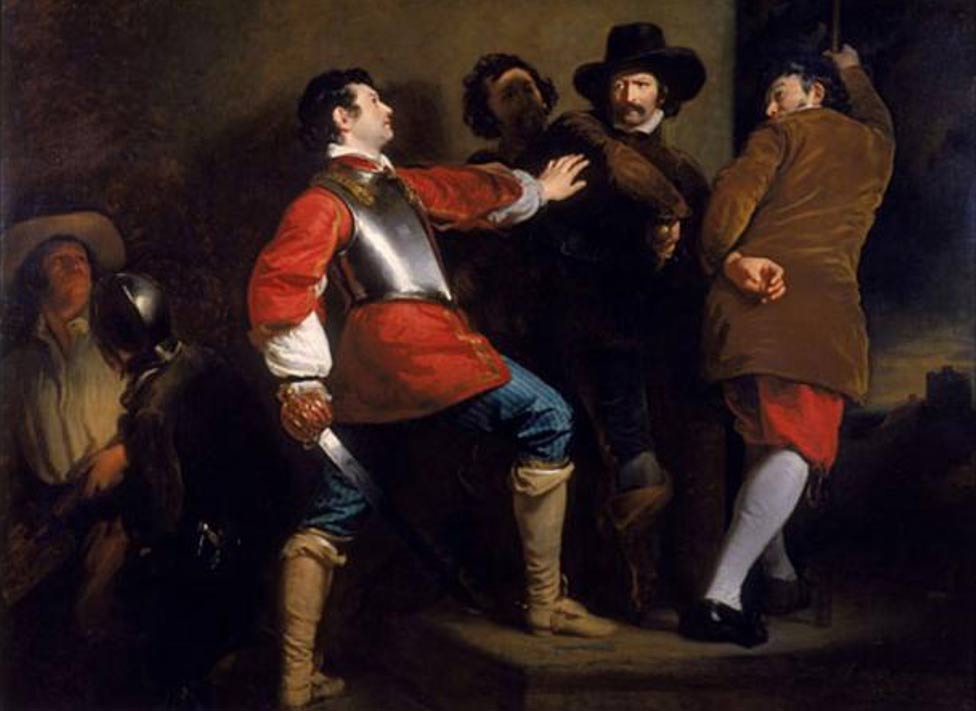
Painting showing the arrest of Guy Fawkes by the Royalist soldier Sir Thomas Knevet; Guy Fawkes (1570-1606) had been attempting to blow up the Houses of Parliament in the attack in 1605. Public Domain
Guy Fawkes Night (or Bonfire Night) is a celebration held in England on November 5th each year to commemorate the capture of Guy Fawkes in the early hours of 5th November 1605, when he was caught preparing a large bomb intended to blow up the House of Lords when King James the First was due to open a session of Parliament later that same day. Fawkes was part of a conspiracy, known as the Gunpowder Plot, in which a small group of dissident Roman Catholics hoped to destroy the Protestant monarchy. (This was the era of the Religious Wars in Europe.) It is traditionally celebrated with bonfires and fireworks parties - the American equivalent would be the Independence Day or 4th of July celebrations. There is a suggestion that Guy Fawkes Night was a Puritan replacement for the older, mid-autumn Samhain fire celebrations.

Spectators gather around a bonfire November 2010, Staffordshire, England. (CC BY 2.0)
However, was is at this point that folklore, custom and tradition took an interesting twist, for the earliest reference of Mischief Night was in 1791, in a school play that appears to have been encouraging children to get up to tricks on “Mischief Night” but here’s that catch: the Mischief Night referred to here was part of the traditional May Day celebrations that took place six months earlier in the year! (In Germany, Mischief Night still takes place on the 1st of May.)
So what happened? Folklore historians suggest that, among many other things, May Day was an important children’s festival and on May Eve, they would make their way around towns and villages carrying garlands, while visiting houses and singing, in the hope of collecting money to spend during the May Day festivities. Add in the May Gosling tradition of playing tricks on people (very much like April Fools jokes a month earlier) plus related rural traditions, such as “bringing in the May” which was being written about (and complained about) as early as 1240 AD, and it is easy to see how this was an earlier manifestation of trick or treating. (A date in the mid-13th century also takes the tradition much closer to the Viking era.)
But, at some point during the first half of the 19th century, as the Industrial Revolution drew the rural workforce away from the countryside and into the factories of the great cities of the North of England, May Day and its associated traditions, including Mischief Night, became less and less relevant. However there was the long established, frequently drunken, riotous and downright dangerous, Guy Fawkes Night celebrations—with their boisterous mass processions, blazing tar barrels, bonfires and fireworks— that by the mid-19th century, local worthies and the gentry (including clergymen, aldermen, town councilors and magistrates, among others) were trying to tame and control up and down the country.
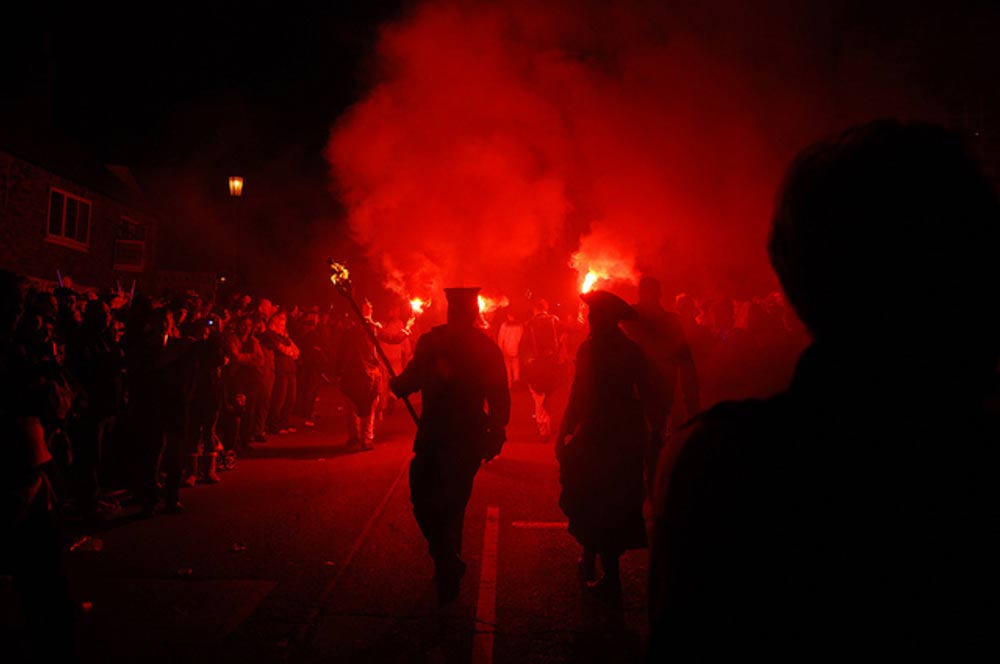
Guy Fawkes Night, 2010. (Shane Global, CC BY 2.0)
This neutering or gentrification of the near riotous Bonfire Night festivities to comply with the gentile values of Victorian polite society took many different forms, including encouraging formally organized celebrations in parks and public places. Another aspect was the growth of private or family celebrations. And yet another saw the shift away from the more overtly “political” aspects of the celebrations (the mass processions usually culminated in effigies of unpopular politicians being tossed into the bonfires’ flames – this is still a feature of the celebrations in Lewes in Sussex) and a move towards it becoming a festival for children, with their “Penny for the Guy.” And, by the 1850’s, the tradition of trick or treating, and pranking on Mischief Night had also been successfully transplanted from May to the 4th of November.
The Victorians, incidentally, were great ones for taming popular festivities and recasting them in their own image. For example, the Christmas celebrations we now share can be traced back to a whole new set of “traditions” effectively created by Victorians like Prince Albert and Charles Dickens in the UK, and Clement Moore (“’Twas the Night Before Christmas”) in the United States, who helped steer it away from its more anarchic, pagan Yule origins.
But, while Mischief Night may have survived the Industrial Revolution, in being transplanted from May to November as part of the Victorian reinvention of Bonfire Night in the 19th century, its roots were no longer deep enough to survive the commercial onslaught of Halloween. Mischief Night has now withered away to become little more than an historical footnote. Turning to the future, it will be interesting to see if even Bonfire Night survives in its already modified form for many more decades.
--
Charles Christian is a Norfolk-based writer and journalist. His most recent book is “A travel guide to Yorkshire's Weird Wolds: The Mysterious Wold Newton Triangle” and he can be found at www.UrbanFantasist.com as well as on Twitter at @ChristianUncut
Featured image: The dark streets of Bristol, England. When darkness descended on Mischief Night, children traditionally got up to no good. (George Alexander Ishida Newman, CC BY 2.0)